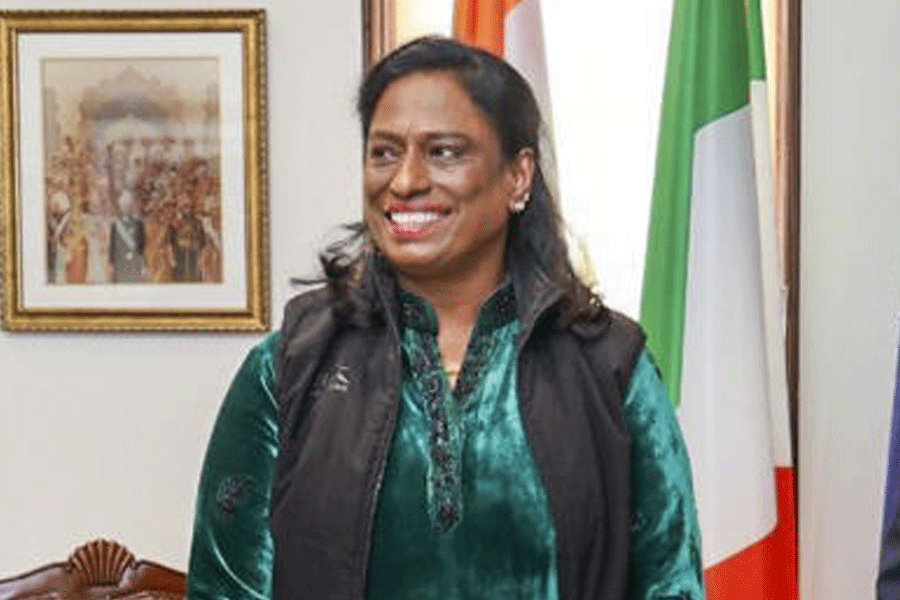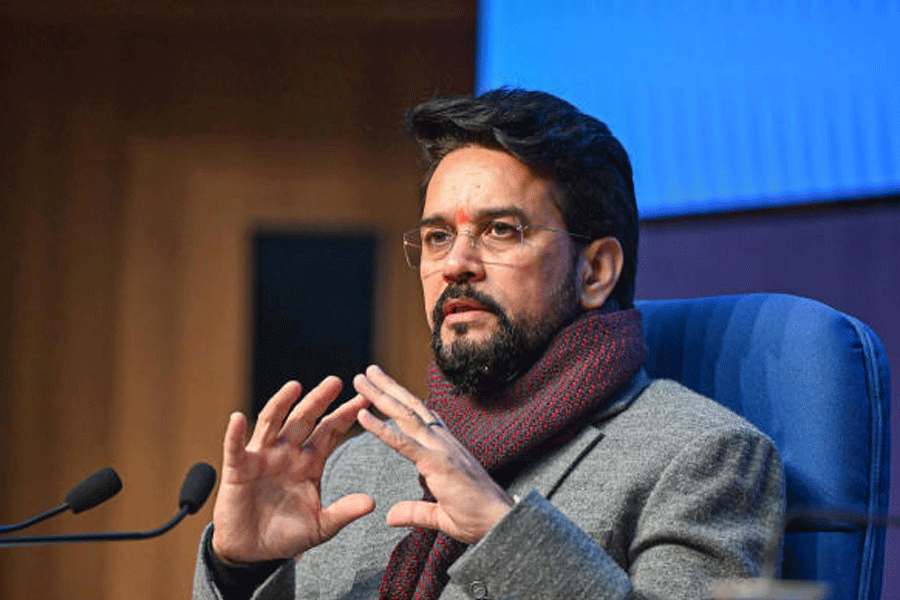What is music to one’s ears can sound jarring to others. This is perhaps what prompted the ministry of civil aviation to write to domestic airlines and airport operators, urging them to play ‘Indian music’ on board aircraft and on airport premises. The decision was prompted by a request from the Indian Council for Cultural Relations. According to the ICCR, music played by most airlines across the globe has regional roots — for instance, American airlines play jazz, while Mozart is the choice of music in Austrian airlines.
The real question, though, is this: in a land chiming with diverse musical traditions and medleys, what constitutes Indian music? Can a song based on an Indian classical raga — Ed Sheeran’s “Shape of You” is based on Raga Bhimpalasi — be included in this august list? Would folk tunes find their deserved place? Does a melody played on an Indian musical instrument — “Joy to the World” on the sarod by Ustad Amjad Ali Khan or George Harrison’s sitar riff in “Norwegian Wood” — count? Would it be fair to shun the Symphony Orchestra of India — India’s first professional orchestra that disseminates the magic of Mozart, Beethoven and Bach? And what about Bollywood music, whose melody drowns out all other symphonies? These are not the only challenges. Classical Indian music, a hierarchical entity, has turned a deaf ear to the indigenous beats of the madol, junko or the rawanhattha. The musical plot can thicken further. Would the khayal — a treasured genre of Indian classical music — sound as sweet to the Union ministry’s ears given that it was created by Amir Khusrau and patronized by Muslim rulers who are an eyesore for the Hindutva brigade?
To instruct airline and airport operators to confine themselves to ‘Indian music’ pays lip service to the country’s rich music traditions, which require more meaningful steps for preservation. A 2021 press release by the ministry of culture on the steps taken to preserve and promote the traditional cultural heritage of India proudly claims that it seeks to propagate Indian fine arts, which are categorized under “Bharatanatyam, Carnatic Music and Visual Arts”. This is a rather sorry — shallow — interpretation of the varied and intersectional universe of Indian musical traditions.
The decision also goes against the hallowed principle of laissez-faire. Does a government that is hell-bent on privatizing airports and airlines — Air India was recently handed back to the Tatas and the Centre plans to privatize 13 airports by March this year and 25 more of them by 2025 as per the National Monetization Pipeline — have the moral right to decide what the consumer would like to listen to?
Music can also be imagined as an allegorical sphere. For instance, it can be an embodiment of the strictures issued by the State. These instructions — the rule to wear masks and maintain social distancing in a Covid-struck world — are, quite often, distinctly discordant to the public ear. Instead of wasting time imposing ‘Indian’ music on airlines and airports, the Centre must ensure that the thousands of citizens violating health protocols are made to face the music, as it were.











